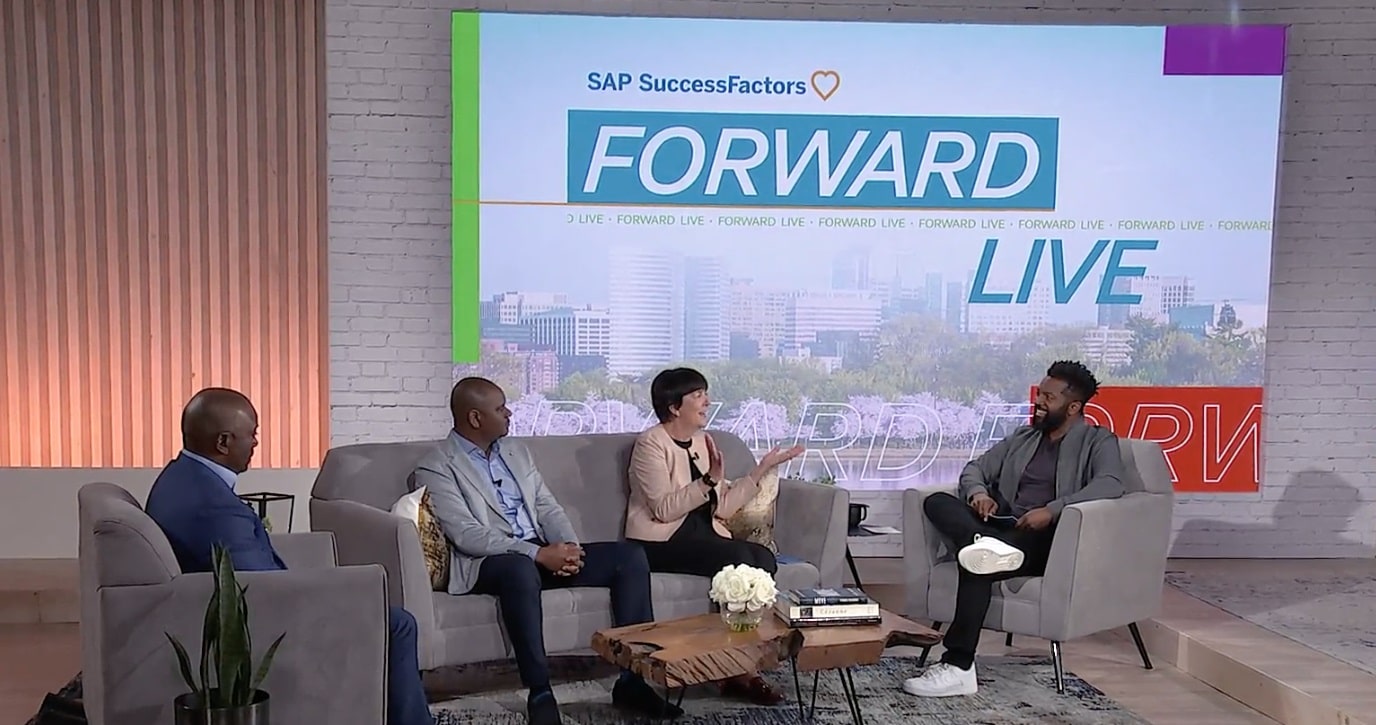Mindset, accountability, hard conversations: certainly, no one ever said it would be easy to evolve toward a more diverse and inclusive workplace. After years of going through the motions, employers are investing more effort and resources to move beyond the talk to take action on diversity, equity, inclusion, and belonging (DEI&B).
In truth, business can no longer afford to ignore DEI&B. The cumulative crises of the pandemic, heightened awareness of racism, climate change, and the Great Resignation have pushed organizations to look for new ways to unleash human potential to address these challenges. One solution is to democratize opportunity.
The business case for DEI&B is compelling. Inclusive teams make better business decisions up to 87% of the time, and they make those decisions twice as fast within half as many meetings. Businesses that have diverse leadership generate 2.3 times more cash flow.
“Now is the time [for DEI&B] because employees are demanding more. Customers are demanding more. The planet is demanding more. The bonus is that it works,” said Baratunde Thurston, New York Times best-selling author, Emmy-nominated storyteller, and host of the podcast How to Citizen. Thurston is the moderator of Forward Live, a vibrant new series sponsored by SAP SuccessFactors that brings together thought leaders for unfiltered discussions about how to change work for good.
High-Performing Teams Thrive on Belonging
Human connection is critical to creating high-performing teams, and belonging is a vital part of an inclusive employee experience. Not only improved performance, but increased revenue comes when you have a great employee experience, where everybody feels like they belong and can bring all of their strengths to work.
During the premiere episode of Forward Live, Beyond Talk to Business Beyond Bias, three executives of global brands that are leaders for inclusion and diversity shared their advice for how to move the needle on DEI&B in the workplace.
Know Your Why
Each organization will have a unique approach to DEI&B. It’s important to understand your internal motivation and what you want to achieve with your initiatives. Why is this important for your business?
“Moving the needle on DEI&B requires a lot of effort. If you don’t have the why, it won’t sustain itself,” said Oris Stuart, chief people and inclusion officer of the NBA. “The game of basketball is inclusive, accessible, and global. Our why is to make sure our organization operates the way the game does.”
Stuart started working at the NBA seven years ago, when only one team had a chief diversity officer. Today, as the NBA celebrates its 75th anniversary season, 23 teams have diversity and inclusion officers at the executive level. “Diversity, equity, inclusion, and belonging are strategies that allow us to grow our game and to be relevant for the next 75 years,” said Stuart.
“Our why is in our name: Tapestry,” said Sarah Dunn, global human resources officer of Tapestry, the international fashion brand house comprising Coach, Kate Spade, and Stuart Weitzman. “We’ve really put inclusion at the heart of our purpose and how we talk about working at Tapestry. We believe that difference sparks brilliance.”
But what do you do when you encounter a knot, or resistance, in your tapestry? Dunn believes tension is a natural part of the weave: “For a tapestry to be brilliant and beautiful, you have to deal with those tensions. That’s part of having the right conversations, being honest, open, and transparent to work things through – and that’s where the weaving creates magic.”
Adopt a Growth Mindset
DEI&B champions will need to prepare for a marathon, as a growth mindset is the catalyst that will make change possible over time. Jason Williams, senior vice president of Global Inclusion Strategy at Paramount, a media conglomerate that delivers content to audiences worldwide, believes in transparent data and accountability to create change. “Change will eventually begin if you measure each step throughout the entire life cycle of the employee experience. You’ll be in a good place if you can measure from the beginning.”
At Paramount, DEI&B initiatives focus on inclusive hiring, access to opportunities for employees, and holding partners accountable. “One of the things we do for our employees is make sure people have access to mentorships and sponsorships,” said Williams. “We’ve disrupted that [process], which has really been informal in the past. You had to know somebody.”
Think beyond the walls of your business to include suppliers, customers, and partners in your DEI&B goals. “We bring new partners to the table. We try to expand the pie,” said Williams.
Take Time to Listen to Your Employees
In the Great Reshuffle of the labor market, 33 million people left their jobs and 44% of people say they are looking for a new job or plan to soon. “People have choices,” said Stuart. “The tables have flipped, and we have a responsibility to make sure when employees come in they feel valued, they are bringing their authentic selves to work, and they have a voice.”
Listening sessions offer employees the opportunity to talk openly, share feelings and be heard. Organizations will also need to take a hard, introspective look at the role of privilege in their business culture, said Dunn, who underscored, “Listening is at the heart of DEI&B.”
View the replay of this episode, Beyond Talk to Business Beyond Bias.
Learn more about the Forward Live series.




